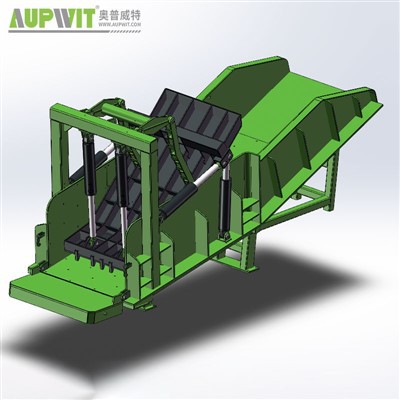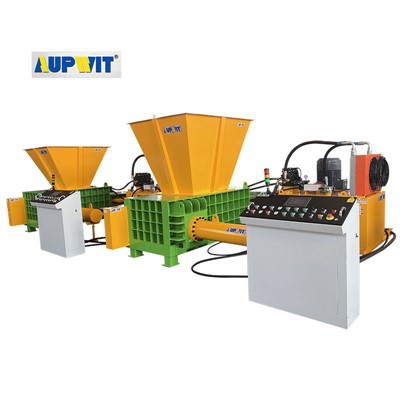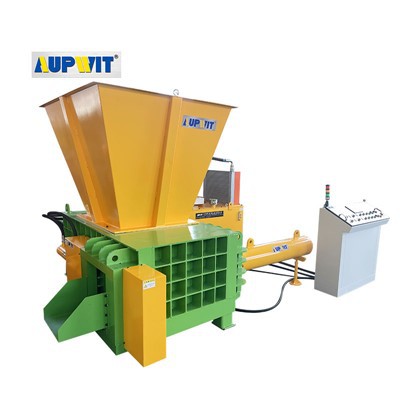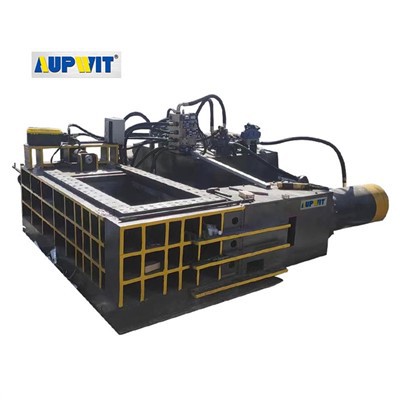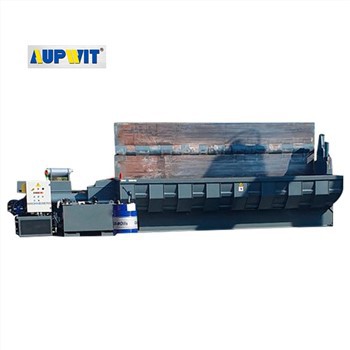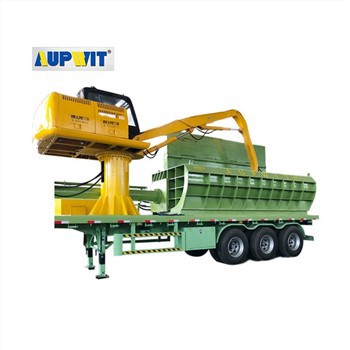Limitations of Modern Tire Baler Machines
While car and tire baler machines offer significant benefits for recycling operations, they come with several important limitations that potential buyers and operators should carefully consider before investment.
High Initial Investment Cost
The integration of advanced technologies like automated control systems, AI, and IoT significantly increases the purchase price of these machines. This creates a substantial barrier to entry for:
- Small-scale recycling operations
- Startup businesses in waste management
- Operations with limited capital budgets
The high cost often requires financing or leasing arrangements, adding to long-term operational expenses.
Complex Maintenance Requirements
These machines demand regular specialized maintenance due to their complex systems:
- Hydraulic systems require frequent inspection
- Pneumatic components need regular servicing
- Electrical systems demand certified technicians
Breakdowns often result in costly repairs and extended downtime, disrupting recycling workflows. The need for specialized lubricants and OEM replacement parts further increases maintenance costs.
Size and Capacity Constraints
While modern balers handle a range of tire sizes, significant limitations remain:
- Oversized tires from heavy-duty vehicles often require pre-processing
- Some machines cannot handle mixed tire sizes efficiently
- Throughput capacity may not meet high-volume demands
These constraints frequently necessitate additional labor for pre-cutting or sorting tires before baling.
Environmental Impact Concerns
The operation of high-capacity industrial balers raises several environmental considerations:
- Substantial energy consumption during operation
- Higher carbon footprint when powered by non-renewable sources
- Hydraulic fluid disposal requirements
While balers facilitate recycling, their own environmental impact must be weighed against their benefits.
Key Considerations Before Purchasing
- Total cost of ownership analysis
- Availability of technical support in your area
- Expected maintenance costs and downtime
- Compatibility with your tire stream
- Energy efficiency ratings
- Training requirements for operators
- Warranty and service contract options
- Future scalability needs


